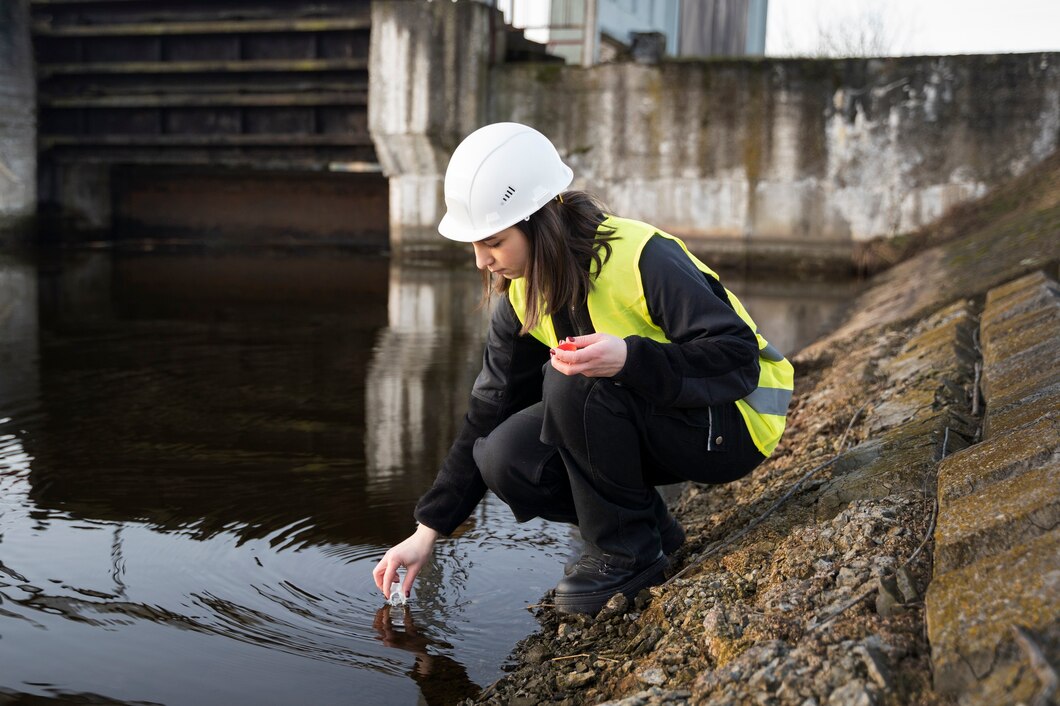A pond filter works tirelessly to keep your water clear, removing debris, fish waste, and harmful toxins. However, without regular maintenance, your filter can become clogged and ineffective, leading to poor water circulation, murky water, and unhealthy conditions for fish.
Proper maintenance ensures that your filter continues to function at peak efficiency, providing clean, oxygen-rich water while extending the lifespan of your filtration system. This guide will help you keep your pond filter in optimal condition, reducing the risk of blockages and ensuring a balanced aquatic environment.
Why Pond Filter Maintenance Is Essential
Over time, pond filters accumulate debris, algae, and organic waste, which can clog the system and reduce its efficiency. A poorly maintained filter can lead to:
🚩 Reduced water clarity – Murky water caused by excess organic matter buildup.
🚩 Increased algae growth – Clogged filters allow nutrient-rich waste to feed algae.
🚩 Poor water circulation – A blocked filter reduces the amount of oxygen in the pond.
🚩 Fish health problems – Without proper filtration, ammonia and nitrite levels can rise, endangering fish.
By following a routine cleaning schedule, you can prevent major issues and keep your pond looking beautiful year-round.
Cleaning the Filter Media
Different pond filters require varying levels of maintenance depending on their design and filtration method. Here’s how to clean different types of filter media effectively:
- Sponges and Foam Filters (Mechanical Filtration)
✅ How to Clean:
- Remove the sponges or foam pads from the filter.
- Rinse them in pond water (NOT tap water) to avoid killing beneficial bacteria.
- Squeeze out debris but avoid over-cleaning, as some biological filtration occurs in the sponge material.
💡 How Often? Every 2-4 weeks, or more frequently if the pond has high fish stock or lots of debris.
- Biological Media (Biological Filtration)
✅ How to Clean:
- Avoid excessive cleaning, as this media houses beneficial bacteria responsible for breaking down ammonia and nitrites.
- If needed, lightly rinse the biological media in pond water to remove large debris without destroying the bacteria colony.
- Never use tap water, as chlorine kills beneficial bacteria.
💡 How Often? Every 3-6 months, unless there is a noticeable reduction in filter efficiency.
- Pressurised Filters (Combined Mechanical & Biological Filtration)
✅ How to Clean:
- Most pressurised filters come with a backwash function. Activate the backwash mode to flush out debris.
- If your pressurised filter has foam pads, clean them separately as instructed above.
- Check and replace UV clarifier bulbs yearly to maintain effectiveness.
💡 How Often? Backwash every 2-3 weeks, full clean every 3-6 months.
For a low-maintenance alternative, consider upgrading to a self-cleaning drum filter, which requires minimal manual intervention. Browse our drum filters for a high-performance solution.
Inspecting for Blockages
A clogged filter can disrupt water flow and significantly impact water quality. Here’s how to identify and fix common blockages:
Signs of a Blocked Filter
🚨 Decreased waterfall or fountain flow – If the water flow weakens, your filter may be clogged.
🚨 Cloudy or foul-smelling water – Indicates waste buildup due to poor filtration.
🚨 Overflowing filter box – Water bypassing the filter suggests a blockage inside.
How to Fix It
✔ Check the intake pump – Ensure debris is not blocking the intake.
✔ Inspect filter sponges and media – Rinse them if necessary.
✔ Flush pressurised filters – Run the backwash function if available.
✔ Examine pipes and hoses – Look for kinks, clogs, or airlocks that may disrupt water flow.
For heavy-duty filtration with minimal maintenance, consider switching to a self-cleaning drum filter. These systems automatically remove debris, preventing blockages and reducing manual cleaning.
Seasonal Pond Filter Maintenance Tips
Spring and Summer Maintenance
🌱 Increase cleaning frequency – Fish become more active, producing more waste.
🌱 Monitor algae growth – A well-maintained filter helps prevent excessive algae blooms.
🌱 Ensure proper aeration – Combine filtration with a pond pump to enhance oxygenation.
Autumn Maintenance
🍂 Remove fallen leaves – Leaves can clog the filter and decompose, leading to poor water quality.
🍂 Install a pond net – This prevents excess debris from entering the filter.
🍂 Reduce fish feeding – As temperatures drop, fish eat less, reducing waste production.
Winter Maintenance
- ❄ Prevent freezing – If temperatures drop below freezing, consider using a pond heater to keep water flowing.
❄ Reduce filter operation if necessary – In very cold climates, biological filtration slows down, so some filters can be shut down or run at a lower capacity.
❄ Store non-submersible filters indoors – If your filter external, draining and storing it during winter can prevent damage.
When to Replace Filter Media
Over time, filter sponges, bio-media, and UV bulbs lose their effectiveness. Signs that media needs replacing include:
🛑 Poor water clarity despite regular cleaning
🛑 Filter media crumbling or losing shape
🛑 UV clarifier failing to prevent green water
Replacement Guide:
- Foam & sponge filters – Replace every 6-12 months.
- Biological media – Replace every 3-5 years, unless damaged.
- UV bulbs – Replace annually for optimal performance.
For professional-grade filtration and expert advice, explore our selection of pond filters.
Final Thoughts
A well-maintained pond filter is the key to a clean, healthy, and beautiful pond. By following these maintenance tips, you’ll extend the life of your filter, prevent common problems, and keep your pond in peak condition.
If you’re looking to upgrade your filtration system or need replacement parts, browse our high-performance pond filters for the best solutions. For low-maintenance options, explore our self-cleaning drum filters to reduce manual cleaning and enjoy crystal-clear water year-round.



